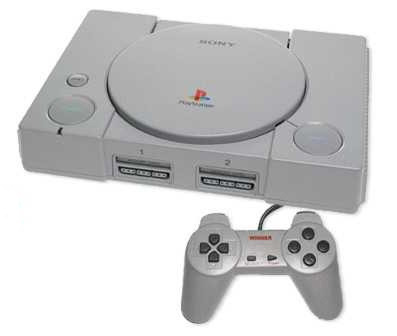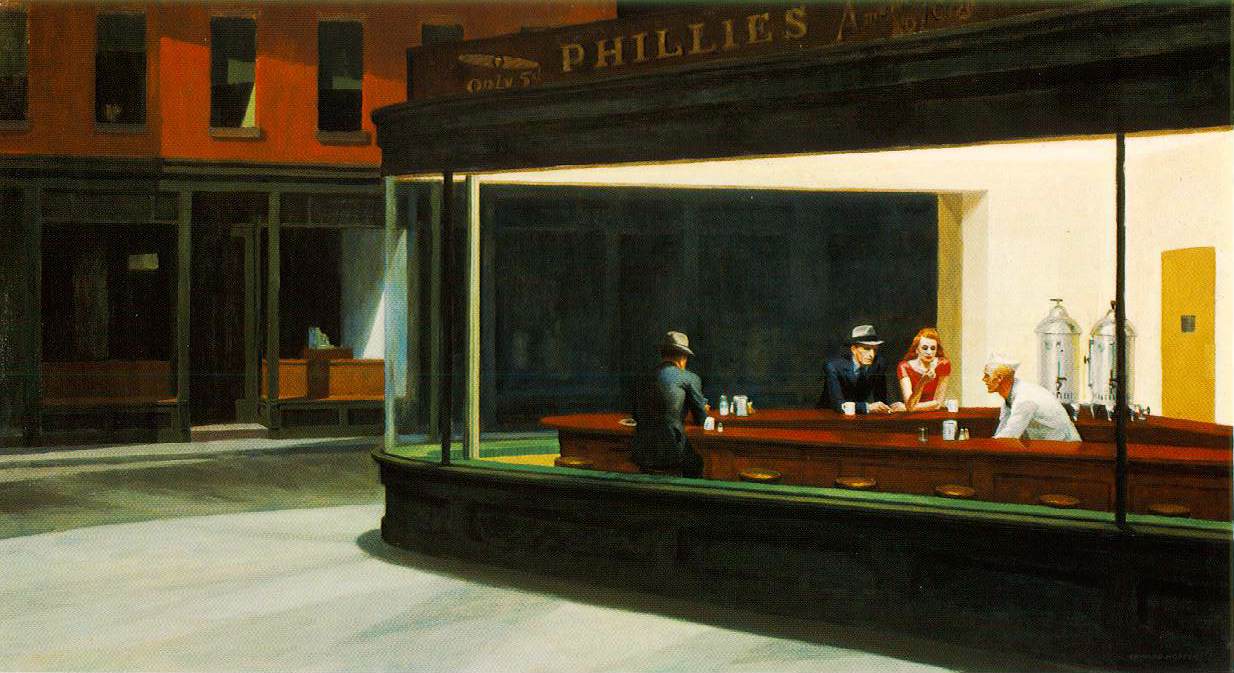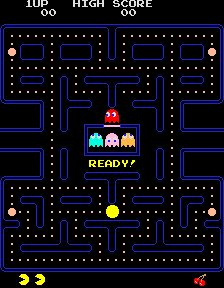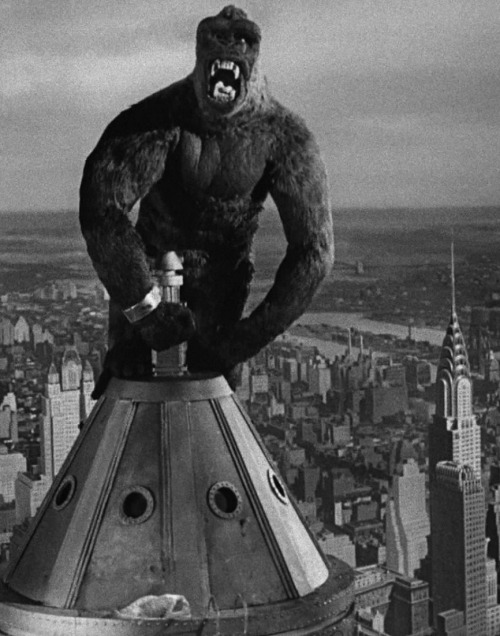In between cold war riots, Margret Thatcher riots and pretty
interesting fashion statements time was found for the Golden age of arcade, an
era few people would struggle to not name a game from and with Space invaders
being credited with ending a crash in the market in 1977 largely caused by PONG
clones flooding the market. Riding on this success and Asteroids there was a
new innovation of games on the market with the appearance of pop icons Pac-man,
Donkey Kong and Mario along with platform games, fighting games and shooters. The
arcade had begun generating billions in revenue annually with the number of
arcades doubling between 1980 and 1982 (Wolf, 2008)
Pac-Man was also credited with expanding the target
audience, bringing a large influx of female players into gaming. Frogger also
proved effective at interesting girls in games. (Herz. 1997)

Ever the turbulent industry it was once again rocked by a
market crash in 1983, again with poor quality clones playing a major role. This
crash dealt a particularly hard blow to the North American industry bankrupting
many companies and causing major loses for Atari, who were not aided by their
massive commercial failure of the ET game which was only worth burying the
unsold cartridges in a big hole in New Mexico.
At the end of this crash and alongside the rise of PC gaming
came the NES reviving the home console market after its release in North America in
1985, the industry began to once again recover bringing the now still popular franchises
of Zelda, Metroid which brought players back behind their TV screens. Ultimately this
began the end of the arcade genre and the rise of new genres such as American
RPGs Metal gear solid and Dragon Quest and Japanese RPGs Final fantasy and
Dragon warrior.
By the 90’s PC gaming continued to rise with multiplayer
usually via modem to modem and by 1995 Activision was beginning to build PC
units especially suited for gaming and working on creating games in 3D environments
such as MechWarrior 2 (ckmogo). On the console front Nintendo and Sega with the
Mega Drive being the big rivalry at the time but it was also the emergence of
the handheld console with the Nintendo Gameboy remake the Gameboy Pocket.

Getting to the late 90’s I’m finally old enough to vaguely
recall it without the need for too much research and reading as a starting
point. In 1994 Sony hit the console market with the Playstation, 1996 saw the
arrival of
the Nintendo 64. While the Nintendo 64 was a machine for cartridges
the Playstation games came on CD-ROMS, allowing games to add bigger files with
more cinematic elements and higher quality sound, as a result by 1998 Metal Gear
Solid was one of the earliest games to contain full voice acting.
While the 80’s had been harsh to the consoles towards the
end of the 90’s they’d come back fighting, bringing with them masses of titles,
Sonic the hedgehog, Doom, Tomb Raider, Pokemon, Resident Evil, Half-life etc. etc,
a very long list of games that started the franchises that are still going
strong today and nearly 20 years on are still taking our money.
Wolf, M. (2008). The video game explosion: a history from
PONG to PlayStation and beyond. ABC-CLIO. p. 105.
Herz. J. C (1997) Joystick Nation. Abacus.
(ckmogo) This Is "The Gamer's PC" 1995 (2009)
[online video] Available from: https://www.youtube.com/watch?v=FPOuR1CTJss
http://www.classicgaming.com/features/articles/computergaminghistory/










